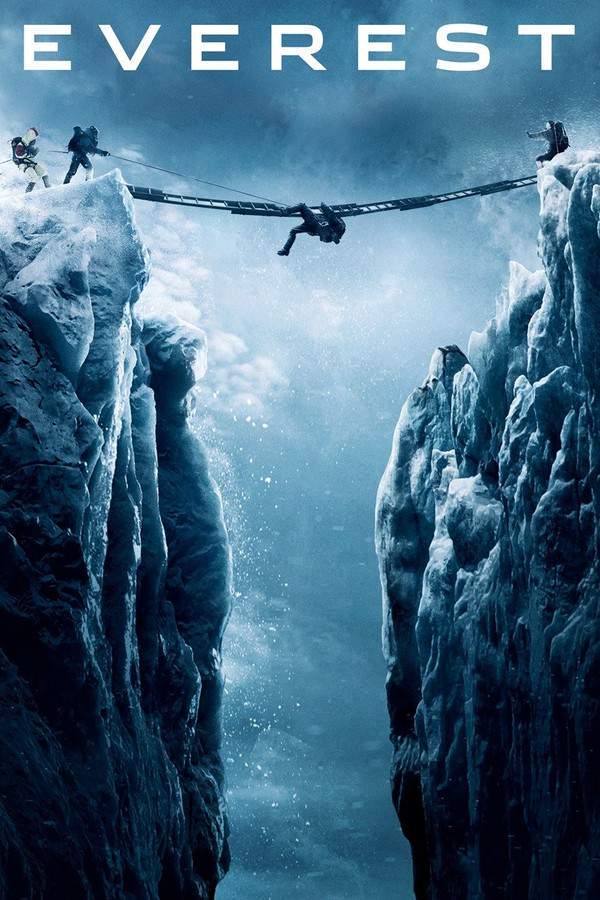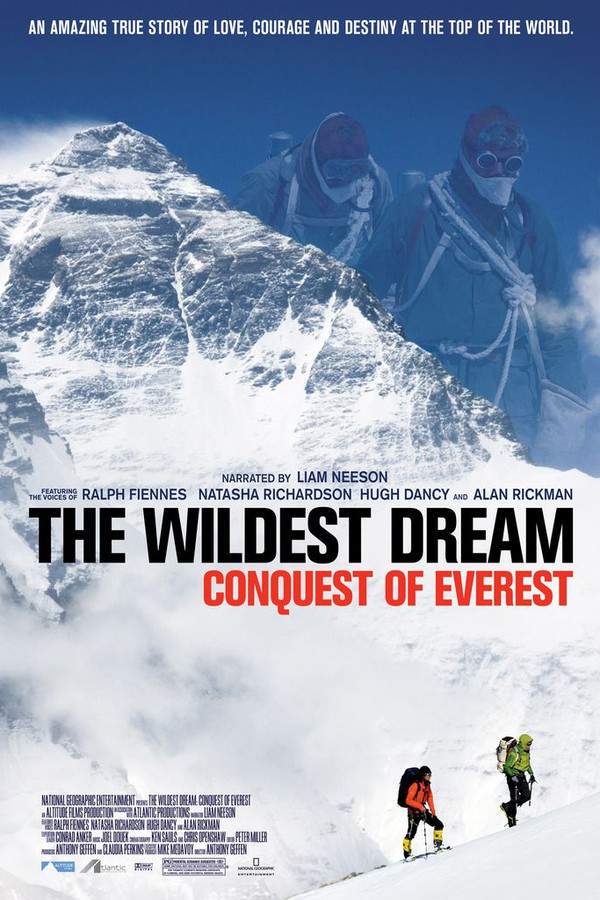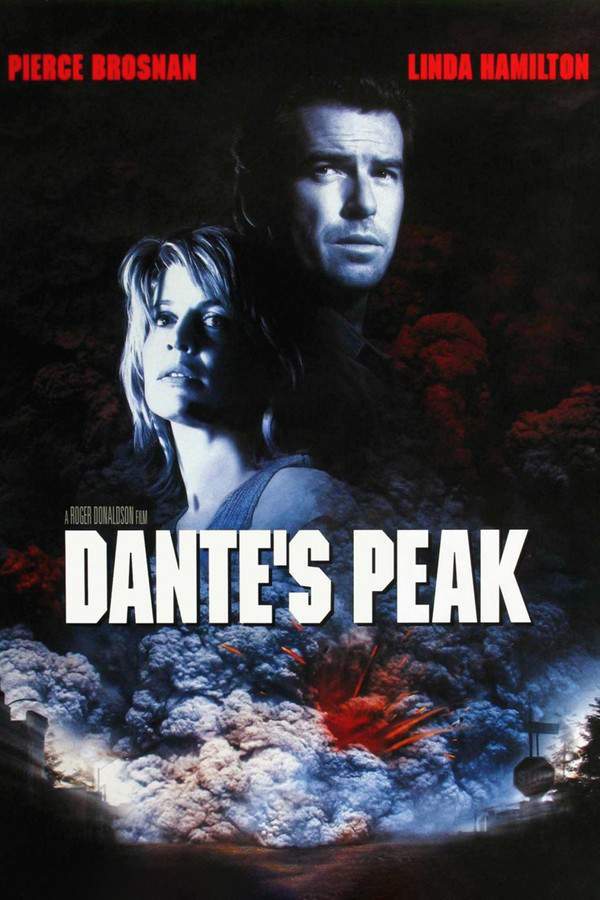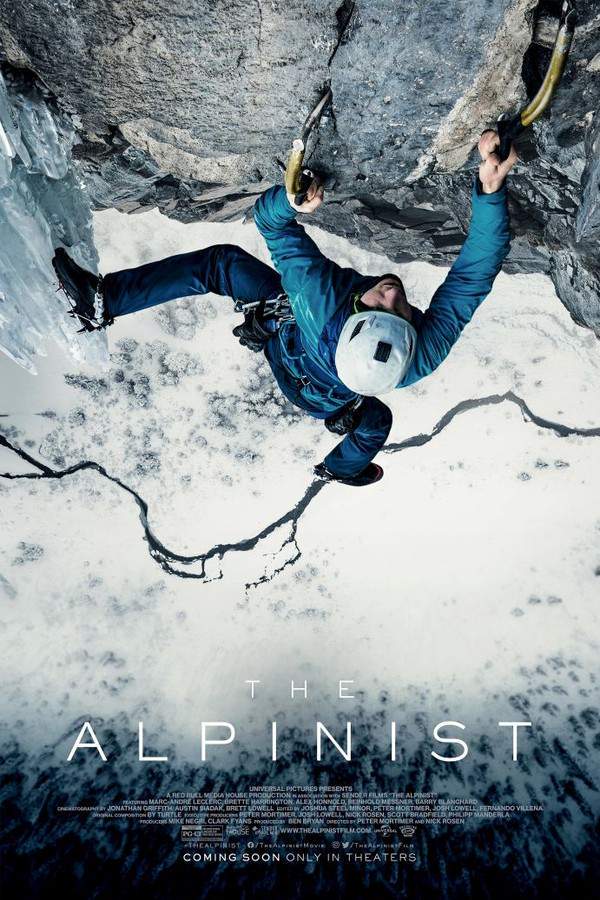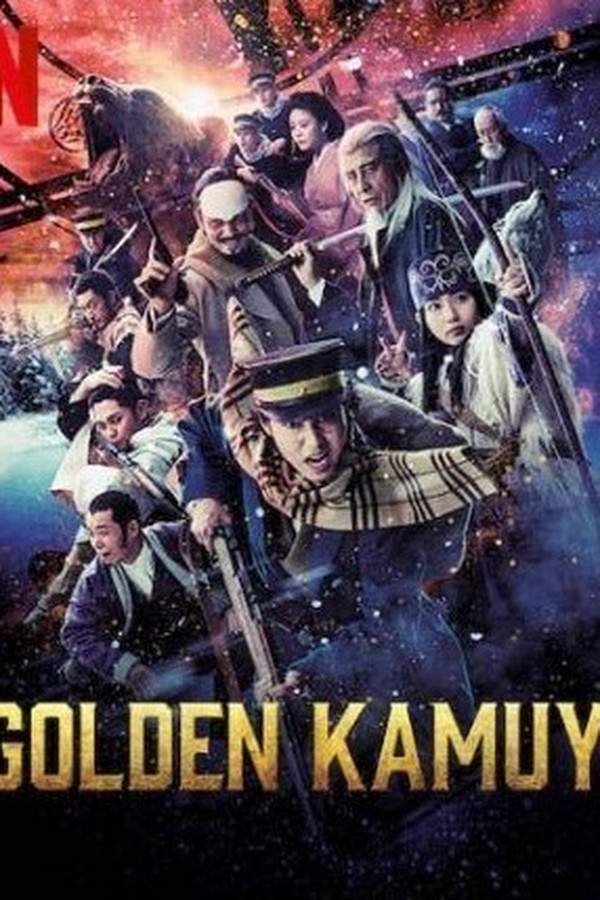
The Summit of the Gods 2021
Directed by

Patrick Imbert
Made by

Netflix
The Summit of the Gods Plot Summary
Read the complete plot summary and ending explained for The Summit of the Gods (2021). From turning points to emotional moments, uncover what really happened and why it matters.
In 1924, British mountaineers George Mallory and Andrew Irvine set off on a daring attempt to conquer the formidable Mount Everest, only to vanish without a trace. Fast forward seventy years later, a young Japanese reporter, Makoto Fukamachi, finds himself entwined in the enigma surrounding their disappearance when he encounters a cryptic climber named Habu Joji. Fukamachi’s suspicions ignite as he perceives a camera in Habu’s possession, one that could potentially unveil whether Mallory and Irvine truly achieved the first ascent of the world’s highest peak.
Driven by an unyielding desire to unearth the truth, Fukamachi delves deeper into Habu’s past, exploring his history as a climber and engaging in interviews with past acquaintances. It becomes apparent that Habu has a proclivity for solo expeditions, a tendency that intensified after a tragic incident claimed the life of a young mentee. This tragic event leaves an indelible mark on Habu’s psyche and shapes his climbing philosophy. As Fukamachi immerses himself more into the mystery, he becomes increasingly obsessed with finding Habu, motivating him to embark on a rigorous fitness regime to prepare for mountaineering.
This fervor ultimately propels Fukamachi to Nepal in search of Habu. After an arduous journey, he finally tracks him down at a humble hut nestled near Mount Everest. Initially resistant to Fukamachi’s presence, Habu eventually acquiesces, allowing the reporter to document his ambitious solo attempt at scaling the southwestern face of Everest during the grueling winter season. The duo establishes that during Habu’s ascent, communication is strictly limited—no speaking or assistance is allowed.
As the climb commences, Fukamachi follows closely behind Habu, but an unexpected tempest strikes, dramatically impacting their expedition. Overcome by exhaustion and pain, Fukamachi falters, prompting Habu to make the selfless decision to backtrack and rescue him, bravely sacrificing his solo ascent in the process. As Fukamachi recovers, he returns to the base alone, while Habu persists on his journey. Against all odds, Habu manages to reach the summit, marking a significant milestone in his climbing endeavors.
Days pass with no sign of Habu, leading Fukamachi to make the difficult decision to return to Japan. He departs the base with Mallory’s camera and a poignant letter from Habu, delivered via a friendly sherpa. The letter reveals Habu’s final thoughts: if Fukamachi is reading it, Habu perished while continuing his summit pursuit, yet he faced it all without regret.
In a profound denouement, Fukamachi develops the film from the camera. Through this experience, he uncovers the visceral connection that mountaineers have with their craft, an understanding that transcends danger and risk. Inspired by Habu’s journey, Fukamachi resolves to return to Everest himself, determined to conquer the peak just as Habu did, embracing the spirit of adventure and the indomitable will of climbers who dare to reach for the summit against all odds.
The Summit of the Gods Timeline
Follow the complete movie timeline of The Summit of the Gods (2021) with every major event in chronological order. Great for understanding complex plots and story progression.
The 1924 Expedition
In 1924, British mountaineers George Mallory and Andrew Irvine set out to conquer Mount Everest, a daunting challenge at the time. Their expedition ended mysteriously when they were never seen again, leaving their fate a topic of speculation for decades to come.
Makoto Fukamachi's Encounter
Seventy years later, in the late 1990s, young Japanese reporter Makoto Fukamachi meets a mysterious climber named Habu Joji. Fukamachi believes to have spotted Mallory's camera in Habu's possession, which leads him to question if Mallory and Irvine were the first to summit Everest.
Researching Habu
Determined to uncover the truth, Fukamachi begins investigating Habu's climbing history. He interviews former associates and uncovers Habu's preference for solo climbs, a trait that became pronounced after a young mentee tragically died during a climb.
Fukamachi's Obsession
Fukamachi's interest escalates into an obsession with mountaineering. He begins intense fitness training to prepare himself for a potential climb, motivated by the need to learn more about Habu and the iconic Mount Everest.
Journey to Nepal
Eventually, Fukamachi travels to Nepal in his quest to find Habu. This journey marks the beginning of his deep exploration into the world of mountaineering and the burdens that climbers carry.
Finding Habu
After much searching, Fukamachi locates Habu living in a hut close to Mount Everest. Initially resistant, Habu ultimately agrees to allow Fukamachi to document his upcoming attempt to climb the treacherous southwestern face of Everest.
Climbing Conditions
Fukamachi and Habu set forth on the daunting climb, under strict conditions that prohibit any communication or assistance. The agreement underscores the solitary nature of Habu's mission and the immense risks involved in such a pursuit.
The Storm
As they ascend, a fierce storm hits, causing Fukamachi to struggle with pain and exhaustion. Realizing Fukamachi is in danger, Habu makes the selfless decision to double back, sacrificing his own chance to summit the mountain.
Habu's Solo Climb
After ensuring Fukamachi's safety, Habu continues the climb alone. He pushes forward through challenging conditions, embodying the relentless spirit of mountaineers committed to conquering Everest's peak.
A Long Wait
Fukamachi waits at the base for several days, anxiously hoping for Habu's return. As time passes without any sign of his climbing partner, his concern grows, questioning the perilous nature of their expedition.
News from Habu
Habu's sherpa arrives with the camera belonging to Mallory along with a letter from Habu. In the letter, Habu reflects on his journey, hinting that he succeeded in his climb but met with a tragic end.
Understanding the Climb
Back in Japan, Fukamachi develops the film from Mallory's camera, gaining insights into the motivations and experiences of mountaineers. He begins to understand the dangerous allure of climbing, leading him to reflect on his own desires.
Fukamachi's Resolve
Inspired by Habu's unwavering determination, Fukamachi decides to attempt his own summit of Everest. He aims to honor both Habu's legacy and the mountaineering spirit that has captivated him throughout his journey.
Return to Everest
Fukamachi sets out for Everest once more, now with a clear purpose. His journey signifies not only a physical challenge but also a personal pilgrimage, as he seeks to reconcile the risks and passions that define mountaineering.
The Summit of the Gods Characters
Explore all characters from The Summit of the Gods (2021). Get detailed profiles with their roles, arcs, and key relationships explained.
Makoto Fukamachi
A young Japanese reporter driven by the need to uncover the mystery surrounding Habu and Mallory's past expeditions. Fukamachi transforms from a curious journalist into an obsessed climber, undertaking physical training to prepare for mountaineering. His experiences lead to a greater understanding of the climbers' psyche and the allure of Everest.
Habu Joji
A mysterious and solitary climber whose past tragedies define his character. Habu exhibits exceptional skills but is shaped by the guilt of his mentee's death. His journey up Everest serves as a testament to his abilities and a reflection on the deeper motivations behind his climbing pursuits.
The Summit of the Gods Settings
Learn where and when The Summit of the Gods (2021) takes place. Explore the film’s settings, era, and how they shape the narrative.
Time period
1924, 1994
The movie intertwines events from two significant time periods; the first is 1924, when British climbers George Mallory and Andrew Irvine vanished while attempting to summit Everest. The second period in 1994 showcases the intense obsession and preparation of Makoto Fukamachi, reflecting the evolution of mountaineering over seventy years, shaped by past tragedies and the spirit of adventure.
Location
Mount Everest, Nepal
Mount Everest, known as the world's highest mountain, serves as a backdrop to both the historical and contemporary attempts at climbers trying to reach its summit. It is notorious for its challenging weather conditions and the perilous nature of mountaineering. The base camp in Nepal is a critical staging area for climbers, filled with shared experiences and dreams of conquering the peak.
The Summit of the Gods Themes
Discover the main themes in The Summit of the Gods (2021). Analyze the deeper meanings, emotional layers, and social commentary behind the film.
🧗♂️
Adventure
Adventure is a driving force in the film, portraying both the physical and emotional challenges of climbing Mount Everest. Characters like Habu and Fukamachi embody the insatiable desire for exploration, even when faced with life-threatening risks. The journey to the summit serves as a metaphor for personal growth and the pursuit of dreams.
💔
Loss
Loss permeates the narrative, reflecting the consequences of mountaineering through Habu's past tragedy involving his mentee. This theme resonates deeply, showcasing how past experiences shape the choices and motivations of climbers. Habu's journey is as much about confronting loss as it is about reaching the summit.
📷
Discovery
The theme of discovery represents Fukamachi's quest for knowledge about Habu and his connection to Mallory's missing camera. It emphasizes the importance of uncovering truths and understanding the motivations behind climbers' relentless pursuits. The film ultimately explores how discovery can lead to profound personal transformation.
The Summit of the Gods Ending Explained
Unravel the ending of The Summit of the Gods (2021) with our detailed explanation. Understand the final scenes, character fates, and unresolved questions.
Fukamachi’s discovery of Habu Joji’s camera and his subsequent pursuit of Habu lead him to understand the deep drive that pushes mountaineers to chase dangerous, almost suicidal, pursuits. In the end, Habu succeeds in reaching the summit of Everest’s treacherous southwest face, risking his life without oxygen. After a storm forces him to retreat, Habu not only survives but also leaves behind Mallory’s camera—symbolic of his quest to prove his own legacy and the human obsession with conquering nature’s greatest challenges. Fukamachi develops the film and finds the proof he sought, confirming Mallory’s climb, yet the experience leaves him with more questions about the passion fueling these extreme endeavors. Inspired by Habu’s life and philosophy, Fukamachi ultimately climbs Everest himself, reaching the summit. There, he experiences the same rush of life that drove Habu—an existential triumph that emphasizes that mountaineering is not just about reaching the top, but about feeling alive in the face of danger. The film’s ending suggests that for climbers like Habu, pushing beyond limits becomes a way to stave off death and prove that they are truly alive. It’s a testament to the relentless human desire to seek meaning and challenge in the face of mortality. In the end, Fukamachi’s climb signifies his understanding that the true mountain to conquer is the one within, and that the pursuit of danger and passion is what keeps the human spirit alive.
Movies with Similar Twists and Themes
Uncover films that echo the narrative beats, emotional arcs, or dramatic twists of the one you're exploring. These recommendations are handpicked based on story depth, thematic resonance, and spoiler-worthy moments — perfect for fans who crave more of the same intrigue.
Featured on this page

What's After the Movie?
Not sure whether to stay after the credits? Find out!
Explore Our Movie Platform
New Movie Releases (2025)
Famous Movie Actors
Top Film Production Studios
Movie Plot Summaries & Endings
Major Movie Awards & Winners
Best Concert Films & Music Documentaries
© 2025 What's After the Movie. All rights reserved.


